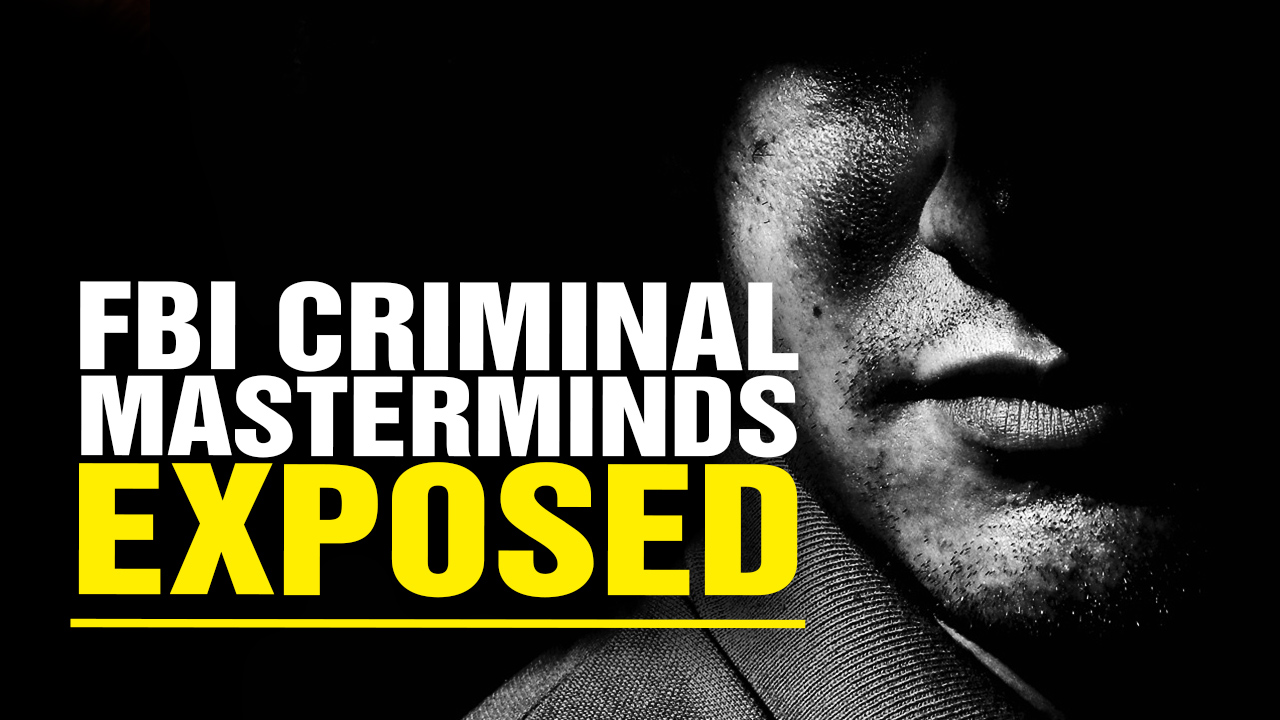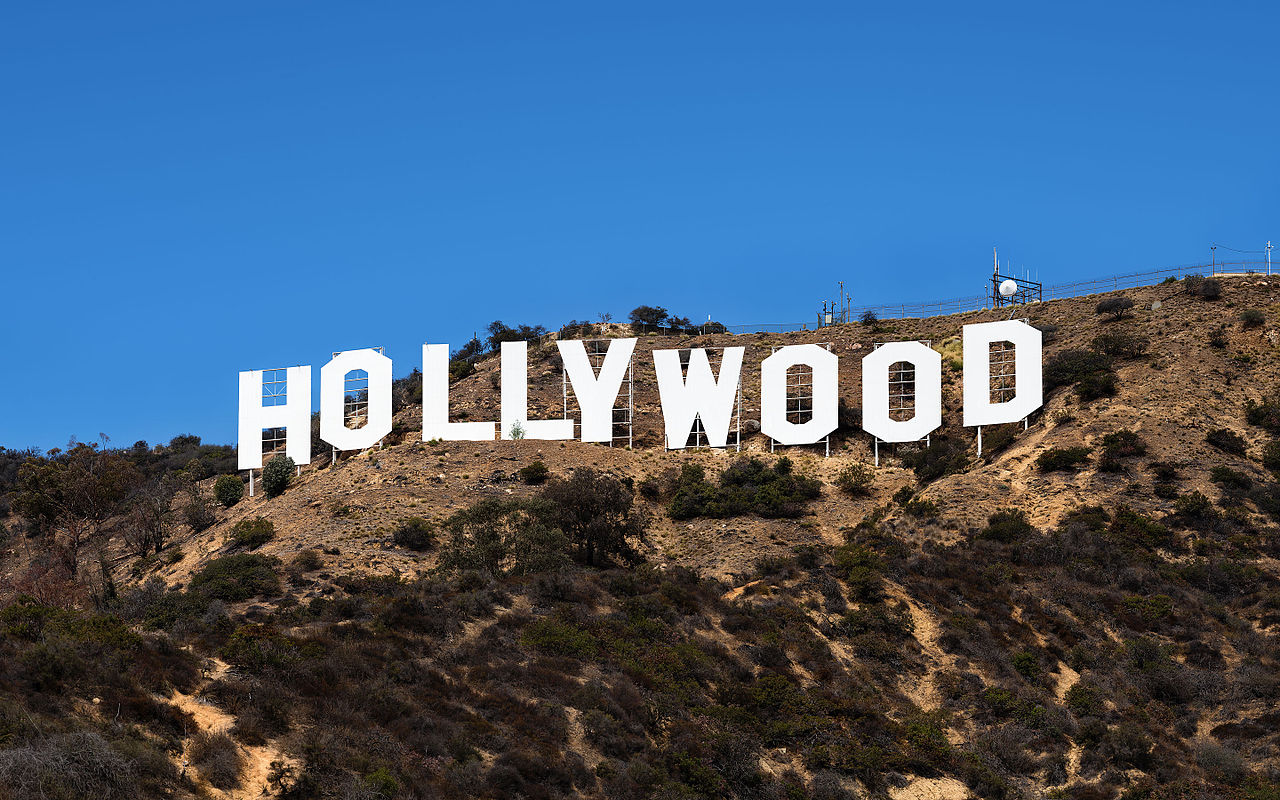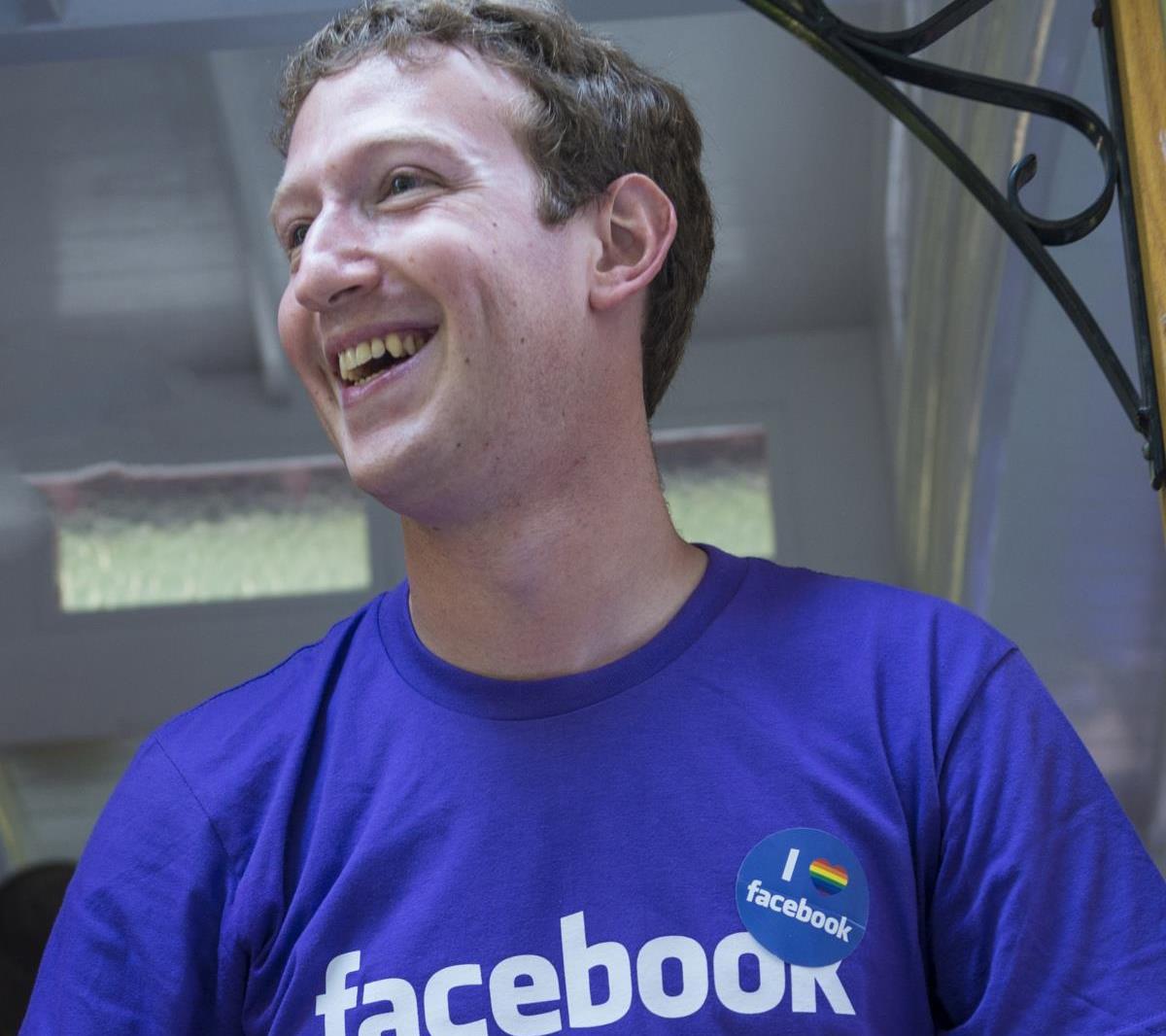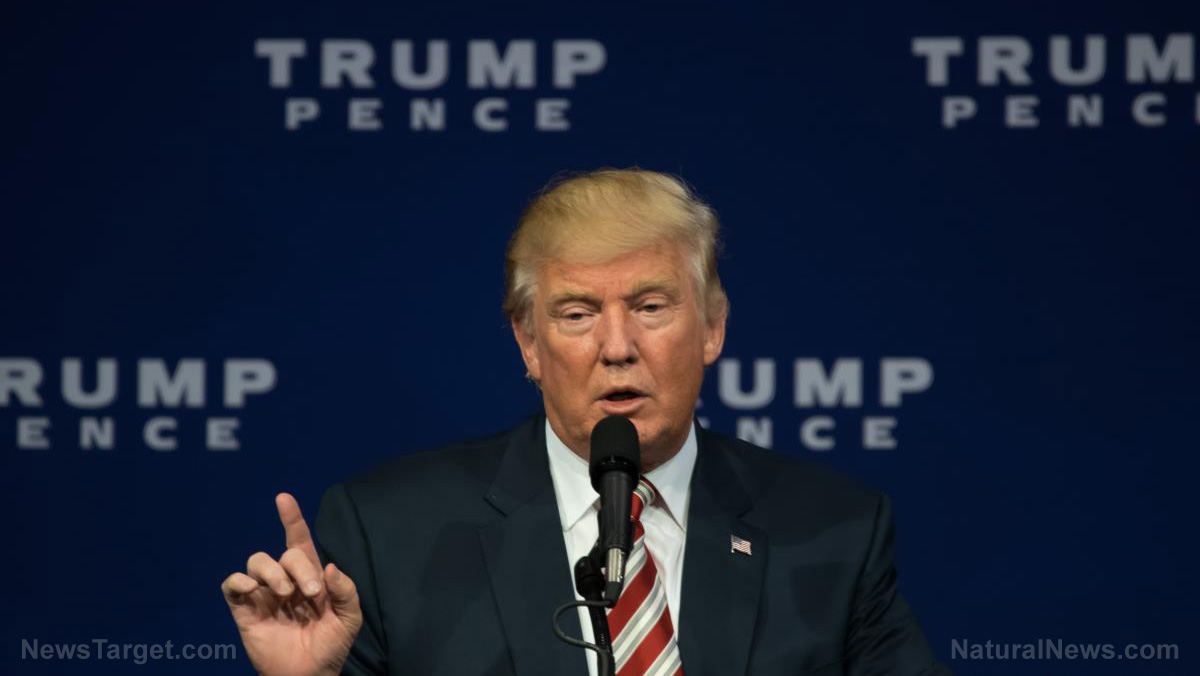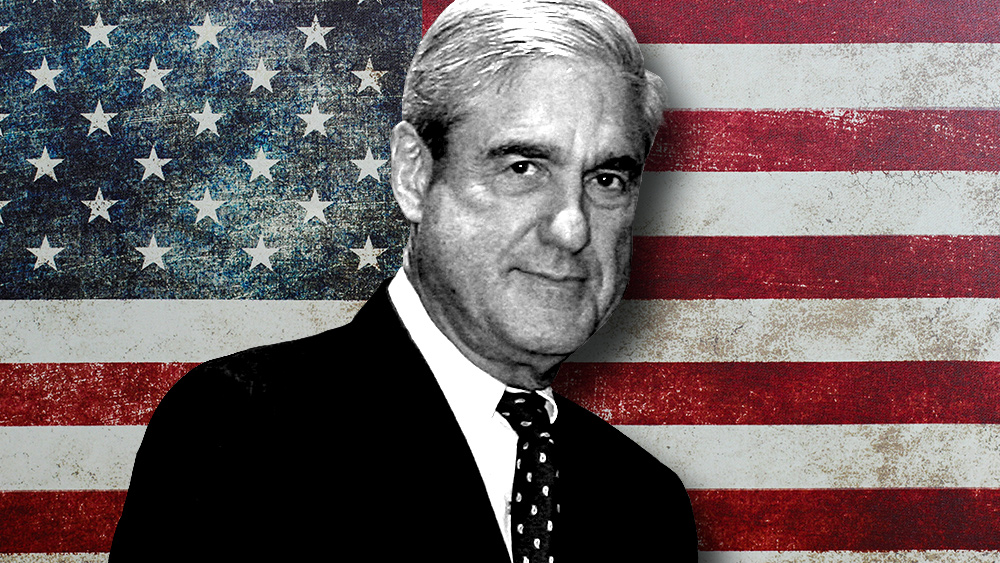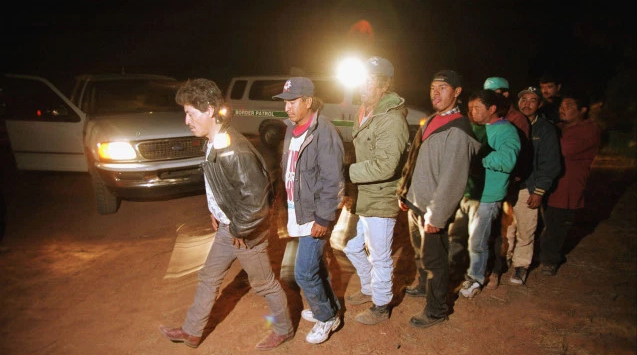Learn the truth about Tesla’s “3, 6, and 9”
02/20/2017 / By Randall Wilkens

It’s tough to encompass all of the characteristics called to mind when considering the contributions to science made by Nikola Tesla. Working alongside another brilliant contemporary of his time, Thomas Edison, Tesla eventually parted ways with Edison over a difference of opinion, partially due to their starkly contrasting ideologies. While Tesla focused primarily on the science at hand, Edison placed a stronger emphasis on marketing and his wealth.
Newly on his own, Tesla next founded the Tesla Electric Light Company, which folded despite its initial success. A few years later, via the Tesla Electric Company, he had filed several patents for alternating current (AC) technology. This flew directly in the face of Thomas Edison, who had been preaching the ways of direct current (DC) technology.
Despite a rather vicious campaign against AC (and Tesla) by Edison, George Westinghouse’s support of Tesla in the quest for long-distance power delivery landed them numerous opportunities that were both lucrative and popular. Ranging from expositions in late nineteenth century Chicago to hydroelectric power plants generating energy in the city of Buffalo from the incredible force of Niagara Falls, alternating current technology rapidly became the twentieth century standard for mass power delivery over tremendous distances, which has remained firmly in place ever since.
Tesla’s donations to the world of physics don’t end there. In addition to the induction motor, other modern amenities which can be attributed to Nikola Tesla include remote controls, radar and x-ray technology. Possibly his most famous creation is the Tesla Coil, known for its ability to create reduced- scale lightning storms in controlled environments.
Unfortunately, Tesla’s success wasn’t as long-lived as one would expect given the popularity of his work. His ambition soon grew to include the desire to create a free, limitless energy source, as well as a global means of sharing information rapidly. This would be accomplished by means of a giant tower, built on Long Island in the early 1900s. Despite the financial backing of J.P. Morgan, Tesla was faced with opposition including Thomas Edison and Andrew Carnegie. By 1917, the tower had gone into foreclosure, its staff had been laid off, Nikola Tesla had declared bankruptcy and eventually suffered a nervous breakdown. (RELATED: For more information about green energy, check out GreenEnergy.news as well as the documentary film, Thrive)
What most view as Tesla’s slow descent into dementia, could possibly have had a foothold rooted in what may have been obsessive-compulsive disorder. Tesla had developed such a focus on the numbers 3, 6 and 9, which has been further expounded upon by mathematicians. Beginning with the Powers of 2 Binary System, which doubles each previous value (1, 2, 4, 8, 16, 32, 64, 128, 256…), a new repeating pattern could be reached when adding each individual digit of multiple digit numbers (1, 2, 4, 8, 7, 5…), which is part of vortex mathematics. Not present in this new pattern: 3, 6 and 9.
Using a similar system when applied to the number 3 yields the following pattern: 3, 6, 12, 24, 48. When reduced by again adding individual digits gives the following result: 3, 6, 3, 6…etc. Not present in this case is the number 9. Further, when the same rules are applied to the number 9 itself, the pattern of 9, 1 8, 36, 72, 144, 288, 576…etc. will reduce simply to 9, 9, 9…etc.
It is this application of numbers systems which has led many, including Nikola Tesla himself, to essentially believe that the number 9, in the long run, was the Universe itself. While many would say that his genius was outweighed by his eccentricity, many others also view these contributions to mathematics and the field of renewable energy as years before his time.
Sources:
Tagged Under: 3, 6, 9, dementia, free energy, mystical numbers, Nikola Tesla, OCD
RECENT NEWS & ARTICLES
COPYRIGHT © 2017 TWISTED.NEWS
All content posted on this site is protected under Free Speech. Twisted.news is not responsible for content written by contributing authors. The information on this site is provided for educational and entertainment purposes only. It is not intended as a substitute for professional advice of any kind. Twisted.news assumes no responsibility for the use or misuse of this material. All trademarks, registered trademarks and service marks mentioned on this site are the property of their respective owners.





